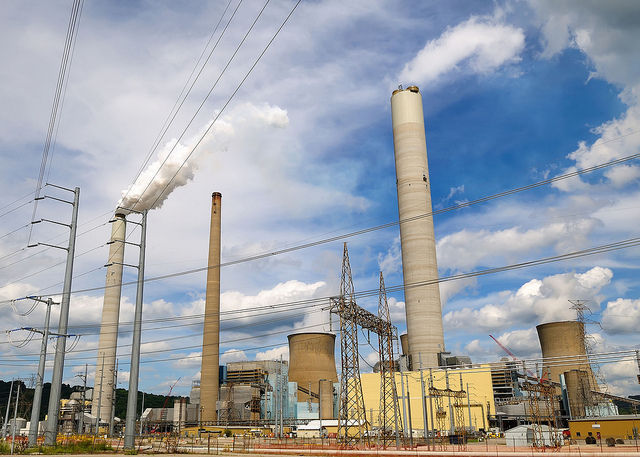
The sulfer-coal-burning John E. Amos Power Plant in West Virginia. (credit: Cathy)
On Thursday, the US Supreme Court issued a ruling in a case that will severely hamper the ability of the US to limit its carbon emissions under the Clean Air Act. In an unusual move, the court kept a case alive that was focused on an emissions plan formulated by the Obama-era Environmental Protection Agency—even though that plan was discarded and replaced by both the Trump and Biden administrations.
In its ruling, the Supreme Court determined that the EPA has only been granted the power to control emissions from existing facilities—it cannot force utilities to shift to different, cleaner-generating technologies. This will make it extremely difficult to use the Clean Air Act to compel a shift from coal to renewables, and it raises questions about whether the Clean Air Act can be used to set effective climate policy at all.
Twists and turns
The case is a product of a legal back-and-forth that started nearly two decades ago. During the Bush Administration, the EPA decided that the Clean Air Act did not give the agency the authority to regulate carbon dioxide emissions. A number of states sued, and the case eventually made it to the Supreme Court, which ruled that the EPA's claim was incorrect: the Clean Air Act required it to determine whether greenhouse gas emissions posed a threat to the US public.
Read 6 remaining paragraphs | Comments
